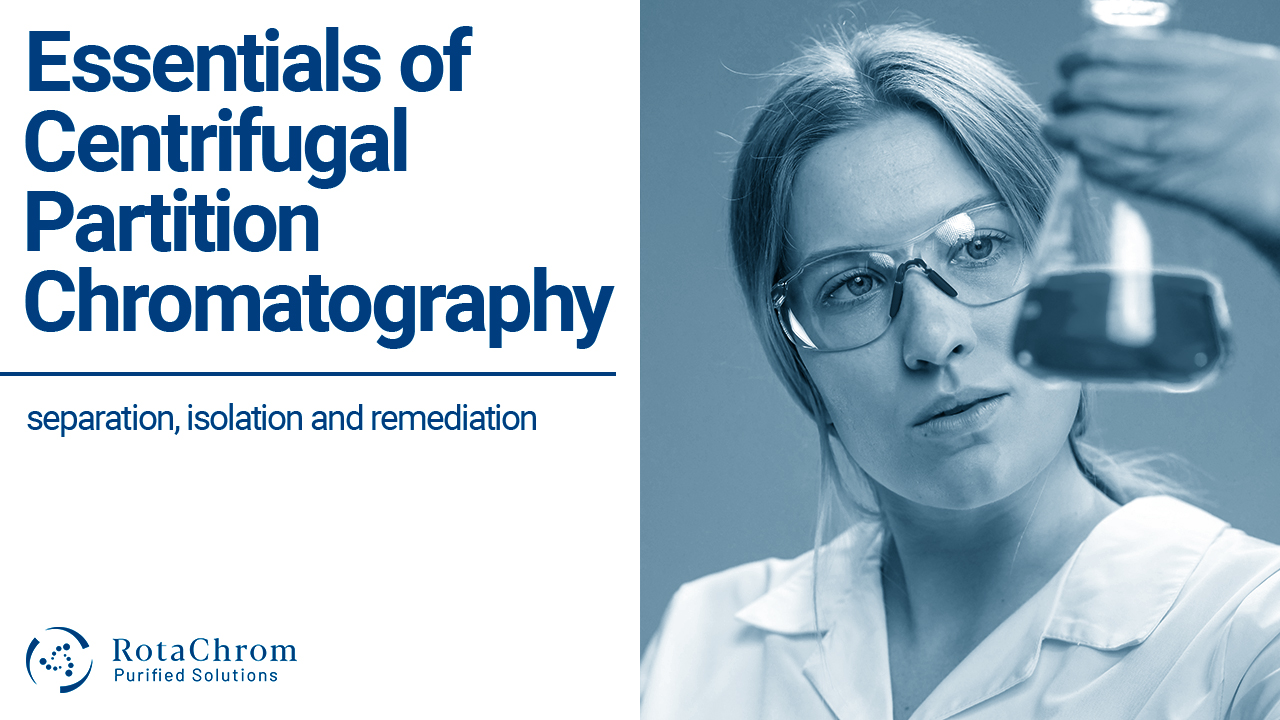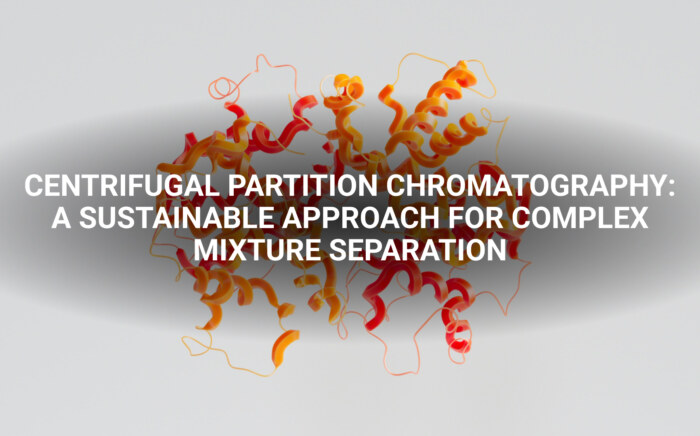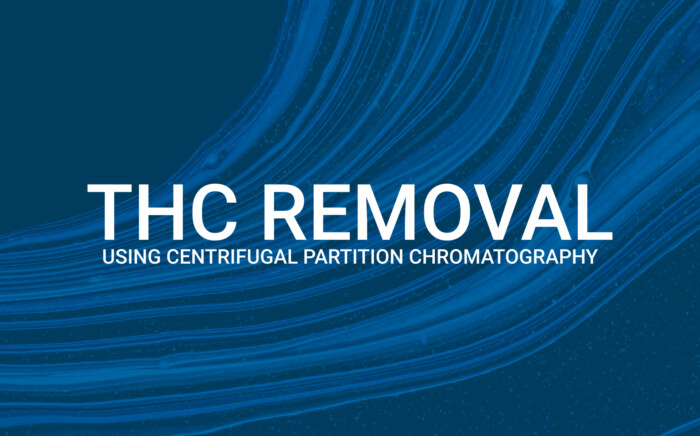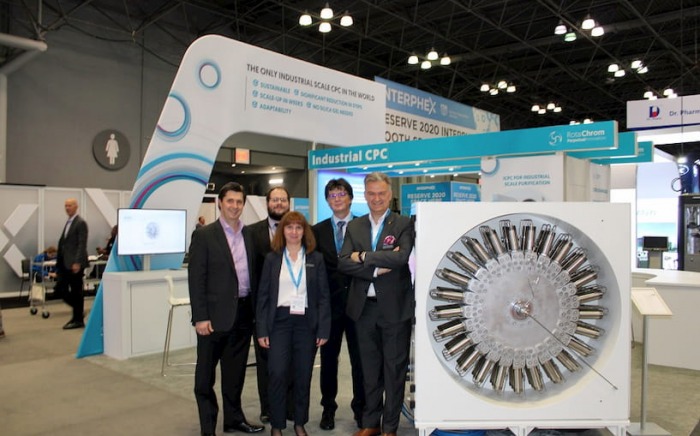Increasing separation efficiency by pH adjustment in Centrifugal Partition Chromatography
NewsCentrifugal Partition Chromatography
Separation, isolation and remediation are extremely important chromatographic goals, and we’re going to examine exactly why. As far as chromatographic rules, Centrifugal Partition Chromatography (CPC) follows the traditional route. Where it differs is its utilization of liquid-liquid chromatographic (LLC) techniques. In LLC, separation takes place between two immiscible liquid solvent systems. These act as the stationary and mobile phases, aided by a strong centrifugal force.
In CPC, conventional chromatographic columns are substituted by cells. These CPC cells are interconnected in series by ducts and are affixed to a large rotor, which is then filled with the liquid stationary phase. The liquid enclosed in this sequence of cells is then immobilized inside the rotor by a strong centrifugal force. The other phase of the two-phase CPC system is the mobile phase, which includes the sample to be purified. It is introduced into the rotor under pressure and driven through the stationary phase in the form of tiny droplets.
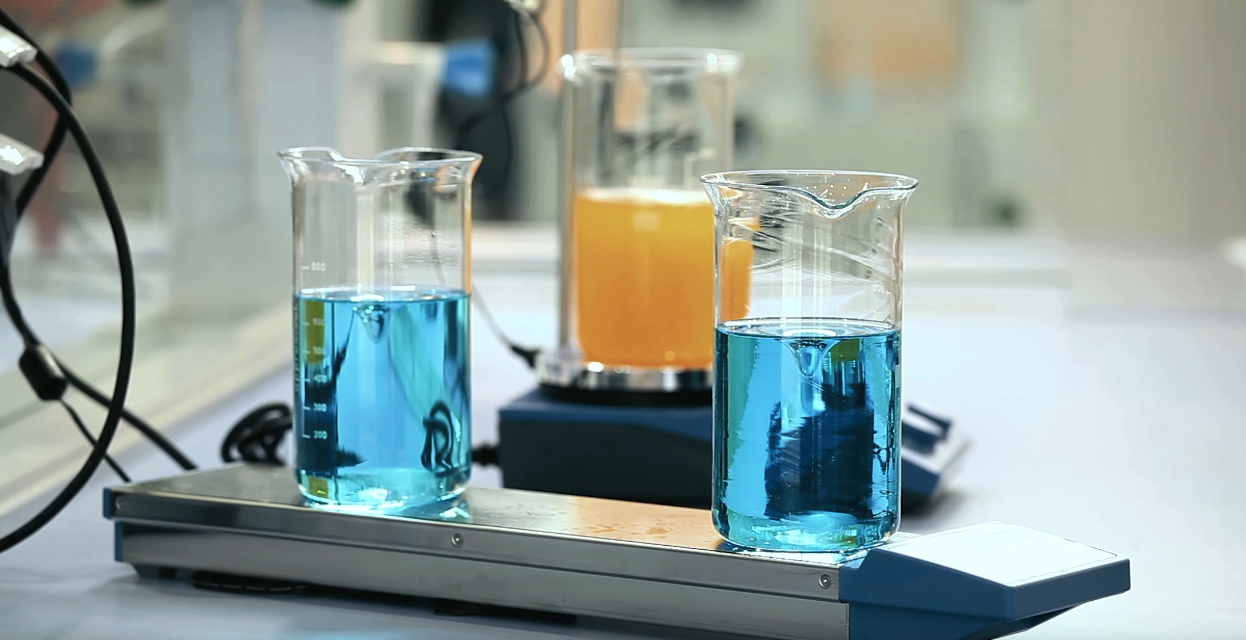
Separation, isolation and remediation
Standard uses of chromatography include 3 purification goals, which are separation, isolation, and remediation. All 3 are intricate objectives, so let’s examine what each of them mean exactly.
Isolation
Isolation is realized when the goal is focusing on an individual Compound of Interest (CoI) inside a complex matrix. This is an extremely challenging objective, which involves resolving power and capability to fractionate the CoI in a desirably selective manner. Focusing on a single CoI within a complex matrix, which otherwise encompass compounds with a wide variety of physico-cemical properties needs meticulous research and method optimization.
Separation
Throughout separation, we expect that the input matrix is simplified to some extent, and that it also includes at least 2 CoIs, both of which are in focus. However, these often signify a chromatographic challenge during separation. Some of the best examples for such challenges are the separation tasks of isomers. With isomers, the individual CoIs show little to no differences that could help deal with the separation challenge.
Remediation
Remediation just means the removal of components which are unwanted or uneeded. This is primarily because of the adverse influence on the CoI’s efficiency. In other instances, the matrix in its initial form might be harmful to the natural environment or to the user. So, remediation, for example, can mean the decontamination process of a valuable matrix. You can remediate nearly any kind of impurity. This may be a health threat, a carcinogen, an environmental pollutant or a legally challenging compound.
RotaChrom’s pCPC – A single platform for separation, isolation and remediation
RotaChrom’s pCPC is a combination of the iCPC device plus a solvent preparation, recovery and regeneration system. The platform involves a fully integrated production solution where solvent handling is provided alongside the iCPC’s purification solutions. The scaled-up and extended system provides a versatile solution. The integrated solvent regeneration platform significantly reduces the cost of operation. Not only that, but the pCPC can be optimized to handle separation, isolation and remediation tasks.
“The uniqueness of the pCPC is that it can be easily optimized to do any one of the 3. It’s super versatile”, said András Gáspár, RotaChrom’s Chief Product officer.
How this is accomplished is with the support of the pCPC solvent recycling system’s “legs”. The platform has individual legs in the system optimized for separation, isolation and remediation tasks, depending on the goal you set the system up for. Basically, whatever your objective may be, the solvent recycling system can be adjusted to manage it. It is extremely flexible. Most platforms are nowhere near demonstrating this level of integration or flexibility, and this is what makes the pCPC so powerful.
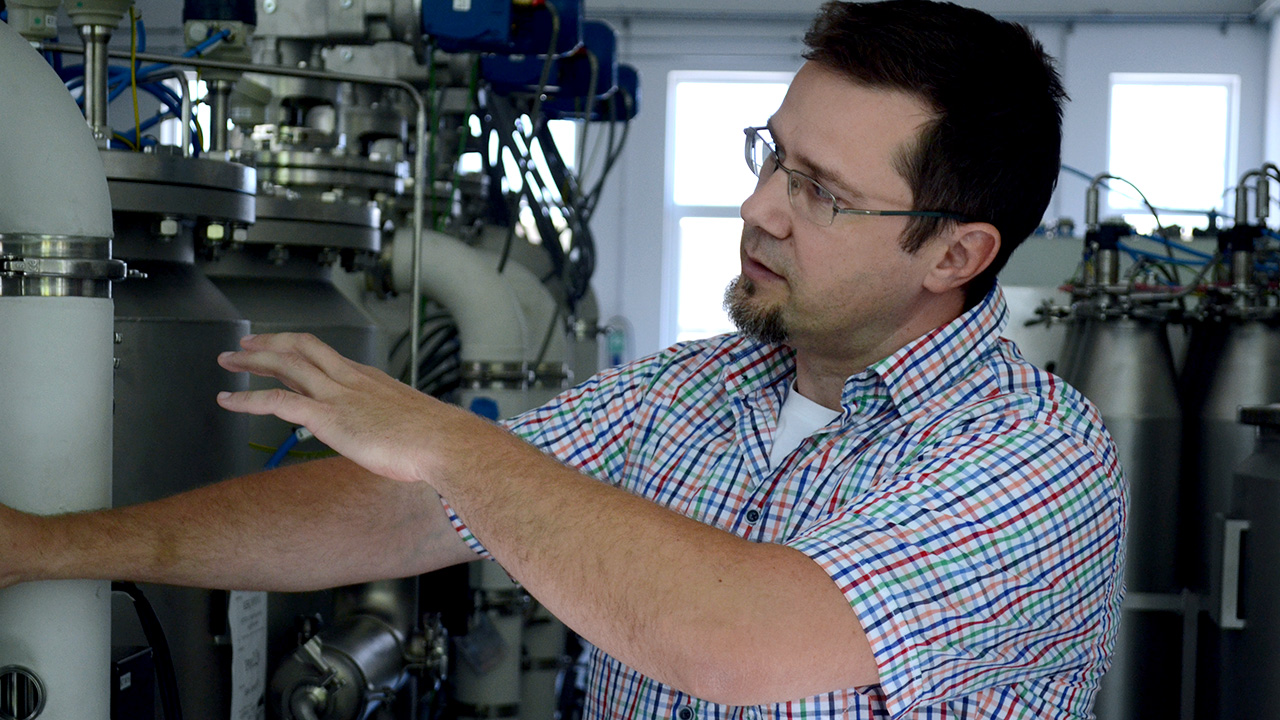
Further information
If you are interested in more in-depth Centrifugal Partition Chromatography resources, we recommend checking RotaChrom’s website:
